Say what you will about internal combustion engines, but they produce a lot of heat for beating those winter chills. This means that I’ve mostly been warm for my 20+ years of driving and when I adopted my current electric car I just wasn’t prepared to give up comfort for the sake of extra range.
As you’ll know from my most recent Kiwi EV adventure, where I tried all manner of alternative car heating methods, nothing was quite as good as simply cranking up the car’s heater. But, boy, the car’s heater absolutely murders the car’s range. For example, as shown in the photo at the top of the page, a few days ago I needed to drive 87 km (54 miles) which is fine; my car can manage such a distance effortlessly… if I don’t use the car’s power-sucking heater, that is. So I made the snowy journey and subsequently froze.
So imagine my joy when my new diesel parking heater arrived all the way from China! It’s a clone of an Eberspacher Airtronic D2 which I bought online for €350 ($380 USD).
It burns diesel to blow hot air. I would have bought the diesel water heater, like many other Mitsubishi iMiEV / Citroen C-Zero / Peugeot iOn drivers, but the much higher cost (coupled with my modest income) simply wouldn’t allow it. The problem, however, is that no one’s installed a diesel air heater in an electric car yet, as far as I know. Being a pioneer is sometimes frightening!
First thing’s first: I needed diesel. Over the past three weeks I tried very hard to source biodiesel, because it’s less harmful to our fragile environment, however I hit a brick wall time and time again. I contacted three individual manufacturers of biodiesel, both in Slovakia and in Austria, and despite almost a dozen emails and three phone calls I was given the same answer: “no”.
Actually, to be honest, a couple of manufacturers demanded to know why I wanted their product before telling me they couldn’t help me. Two firms said they only sell to other suppliers, the third firm told me he’d get back to me “after checking with management”. He soon stopped responding to my emails. Honestly, I tried to do the right thing, but none of the biofuel companies would help me. So, I very reluctantly took my electric car to the local gas station and filled up a container with dirty, carcinogenic petrodiesel.
After not buying any gas or diesel for 16 months (and counting), my lovely wife Veronika took pity on me. She saw that I didn’t want to buy any fossil fuel, so she did a wonderful thing: she bought me the container of diesel as a gift. Now that’s true love. 🙂
In the meantime, my little fuel container also arrived. It holds around 1.5 litres (0.4 gallons) of fuel and I reckon it should offer enough juice to operate the heater for at least 3 hours.
I also bought a carbon monoxide detector, just in case. After nitrogen oxide (NOx), carbon monoxide is the second greatest pollutant from burning diesel, so if any enters the cabin due to an exhaust problem, I’d like to know about it.
Before attempting to install the parking heater, I took the plastic cover off to figure out how it all works. Upon doing so I realised how incredibly simple it turned out to be.
Looking at the unit close-up, you can get a feel for how non-complex the system really is. Basically, how it works is this: the fuel enters the unit and is burned, making the finned part at the back get hot, then the exhaust is spat out through the exhaust pipe underneath the unit. Meanwhile, a fan pushes air over the finned parts, which gets nice and warm and heats up the cabin.
I connected all the cables together and, as you can see in the above picture, there’s really not much to it. The electrical side is just a matter of connecting the positive and the negative to the car’s battery, then connecting the fuel bottle, then extracting the exhaust. It sounds so simple even I could do it!
The controller which came with the unit it quite basic. It has three buttons on the bottom (Manual mode, Automatic mode, Off) and a turning knob to adjust the heating temperature.
The other major component is the little fuel pump above. I don’t know if anyone’s ever said this about a fuel pump before, but it’s actually kinda adorable.
Though be warned: it’s not immediately clear in which direction the fuel pumps. There should be an arrow signalling the fuel flow direction but I couldn’t find it. I discovered upon testing it (and getting a splatter of diesel on my trousers) that the fuel comes out towards the power socket (to the left in the photo above).
So, time to connect it up and test it out!
I put a little diesel into a jar and rested the heater on axle stands, with the exhaust aimed outside. I connected the system up to the car’s battery and pressed the “on” button…
And nothing happened. Well, it made a couple of whirring noises, then beeped “Error 1” at me, which means a power issue. That was odd. Also, why didn’t I hear the fuel pump clicking? Surely it’s not absolutely silent?
I dug around in the manual and found a special mode which forces fuel into the unit. I assumed that was the problem, so I pressed a button combo on the controller and… the pump started clicking quickly. The pump was quieter than I thought, but I guess that’s a good problem on an electric car.
After about 30 seconds of pumping, I could see the little fuel filter had filled up and fuel was entering the heater, so turned off the unit, took a deep breath, and then turned it onto manual mode…
Nothing happened for a few seconds. Then a whirring noise. Then a noise like a furnace starting up. Then a pile of black smoke started billowing from the exhaust pipe, before coming swiftly inside. Gah.
I quickly opened up the main garage door to let the cancer out, but at that moment it burned off all the diesel and oil inside (from the factory, I assume) and started to run quite clean, with no visible smoke. I put the cover back on the top of the unit and the air was channelled over the finned area at the back of the heater, and out of the vent facing me.
The heat coming out of the unit was nice and hot. Hotter and faster than the same heat from the standard 2 kW fan heater I used to preheat the car.
This is good. It means it works. That was also the easy part. Now comes the really really hard part: deciding on where to install it in the car.
According to the brochure, this unit it designed to go inside cars, vans, boats and trucks – but will it fit in my electric car?
The first place I wanted to attempt was in place of the glove box, however it was doomed from the start. While the unit could physically fit inside the glove box, there were too many other problems – the largest being the routing of the hot exhaust.
As you can see in the photo above, the dashboards of the iMiEV are absolutely full. This meant that even if I could safely route the exhaust outside and away from melting passengers shoes, I’d still have the problem of installing ducting to channel the air towards me or the windscreen, and there’s simply not enough room to install a pipe anywhere in that jam-packed dashboard.
Another thing to remember, is that wherever I install this system, it has to be easily removable. In around 12 weeks I’m going to be taking it out again because it’ll be spring, so it has to be somewhere logical and safe.
The floor of the car’s cabin was also out of the question because 1: it’d intrude on passenger comfort, and 2: because of the battery under the centre of the car, I’d have to drill into/near the frame of the car to route the exhaust out.
It would be too dangerous to mount this indoor heating unit outside the car due to the risk of short circuit from water splashes and road salt, but I soon found a winner. Yes, crawling all over the car and trying numerous locations, I found the ideal place.
I popped up to the hardware store and bought a bunch of strong, adjustable L-brackets so I could fashion a sturdy yet simple stand to hold the heater. The image above shows the unit incomplete, but you get the idea.
Then, after checking and rechecking, I grabbed the heater and the drill and started making holes!
Installing the parking heater in the boot (trunk) of the car was the logical choice for many reasons, from concerns about moisture, road salt, safety, convenience, comfort, removability, easy access in an emergency, ease of re-installation etc etc etc, you get the idea.
Doing it this way also allowed the fumes from the unit to be safely dispersed under the rear of the vehicle away from the passenger air intake. This was coincidentally the exact same place as where the exhaust pipe goes on the gas version of this car. It was a no-brainer, so I got busy installing it.
Installing the parking heater onto the motor cover was also a smart move in terms of motor and controller access, because you simply disconnect the exhaust pipe from the heater, and the entire cover (with heater bolted on) simply lifts upwards.
With the heater installed, I got busy wiring it up.
The next issue was where to put the fuel tank. I decided to go with convenience, so I mounted the fuel tank next to the heater unit, paying close attention to the exhaust pipe in the case of a diesel spill. Although diesel may not be as combustible as petrol or ethanol, I want it to be safe for the short time I have it in the car.
With the wiring connected and the fuel tank connected securely to the frame of the heater stand, I clamped and triple-checked all the fuel pipe connections.
Next comes the fuel, followed by outdoor testing. I added around a litre of diesel to the little tank and primed the system using the hidden fuel-pump only mode. Then, after many hours of careful work… I turned the unit on.
It works! It actually works!
I ran the unit on high mode for a good 30 minutes to burn off any residue and to monitor the effects of the hot exhaust in the two places where it has contact with metal. I was also paying close attention to the fuel tubing and its connections, ensuring no air was leaking in – and no fuel was leaking out.
There was a faint “cooking” smell (like an old engine) in the air inside the car, but it soon dispersed. I assume there was a thin film of oil or diesel on the exhaust.
After everything was running hot and clean, I let the unit power down and switched it off, then put the car back in the garage to check once again for fumes, heat induction and condensation. You might think I’m being pedantic, but flammable liquids in cars genuinely freak me out. You can’t be too careful.
The next day I continued testing in the daylight. Now I was able to experiment more, playing with the unit’s speed controller and thermostat. I ran the unit hard once again, but this time also let it idle at a constant temperature.
Once I was satisfied it was safe, I closed the doors and ran it as it’s intended, checking to see how well it heats up the interior. I’ll be honest: I was expecting the worst, considering it’s all the way down the back of the car. I expected it to be weak and… well, a waste of money.
But I was pleasantly surprised. After only about 15 minutes of the unit operating during a windy, chilly morning, the car’s interior had reached more than 35°C (95°F) which was completely unexpected – especially considering how far away it was from me. One thing that was noticeable however, is that the floor of the driver’s foot-well was colder than the rest of the car. This is something I’ll play with over the coming days, as the heater comes with a long heating extension pipe. I might try and run it under the driver’s seat to the foot-well.
And there you have it! I measured and cut out a hole into the car’s carpet and foam insulation, making sure it’s big enough for heat safety or in the event of shifting during bumpy roads. It’s also, just like the heater, easily removable.
At present the unit is consuming air from the cabin which seems to be fine as it’s a very small amount and I drive with the vents open anyhow. Having said that, I’m ready to install a vent hole below the unit if I find it necessary.
The verdict? So far so good. I’ve already driven around a fair amount with the unit running, stopping to check it regularly. Of course I have my nose checking the air constantly, along with the carbon monoxide detector, but I’m also carrying a smoke alarm for added safety and a dry-powder fire extinguisher.
After only four days of testing, I can tell you honestly that this diesel heater is like a range extender of sorts. My daily commute is around 35 kilometres (22 miles) with regular extra driving and errands, and seeing as I like to be warm, it means I regularly have the car’s heater going – if I know I’m not going to be driving outside of my normal circuit, that is. Unfortunately, the heater takes its toll on the battery. However, since installing the diesel heater, I can now be warm without range anxiety:
The above picture shows my daily commute in cold weather, using the heater from a full charge (from home to work to home again). As you can see, the diesel heater means I can truly use my car in winter. No more gloves. No more woolly hats. No more shivering. I have an electric car, without any downsides. All thanks to a €330 Chinese heater.
After four days of thorough testing there are no issues to report as yet. I found a screw that had loosened itself after my twice-daily inspections, but other than that, its been smooth sailing. Testing will continue over the next few days and weeks as I learn more about the unit and the fuel system so watch this space. Oh, and remember, safety first!
As always, you can watch a video version of the entire saga below:
Note: For those interested, the heater I bought is available on the Chinese shopping site Aliexpress by clicking here. It was the cheapest example (including shipping) of any other diesel air heating option.
Also, I scanned the instruction manual for the Chinese-made diesel parking heater. If you wish to view or download it, click here.
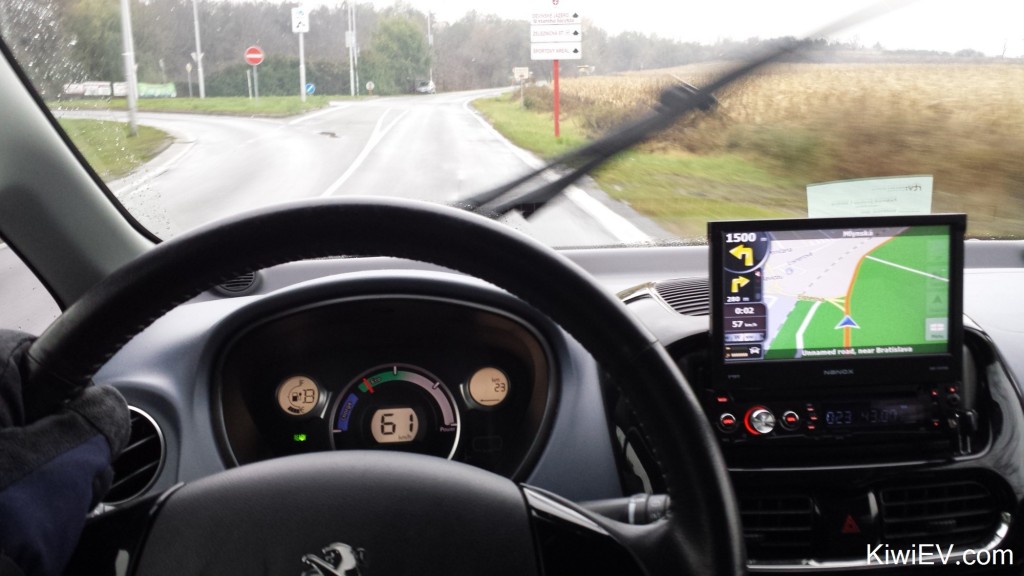
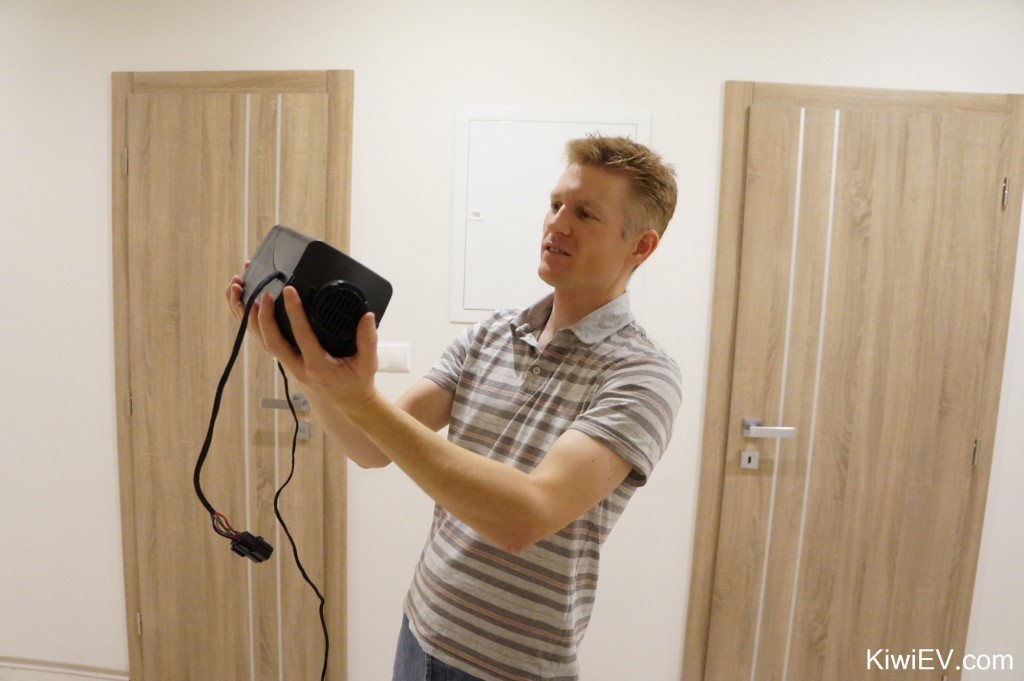

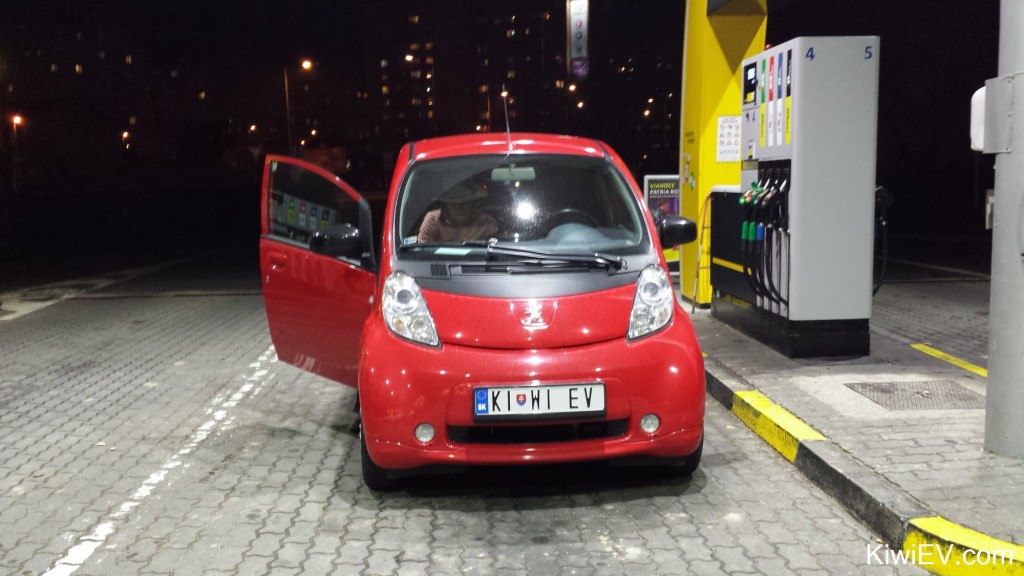
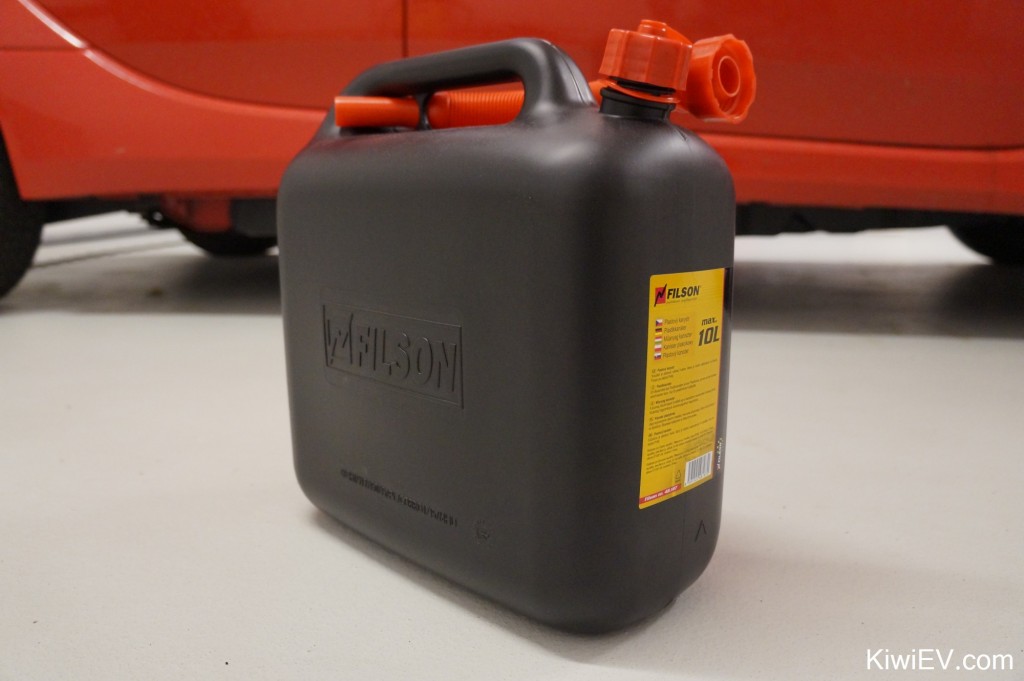
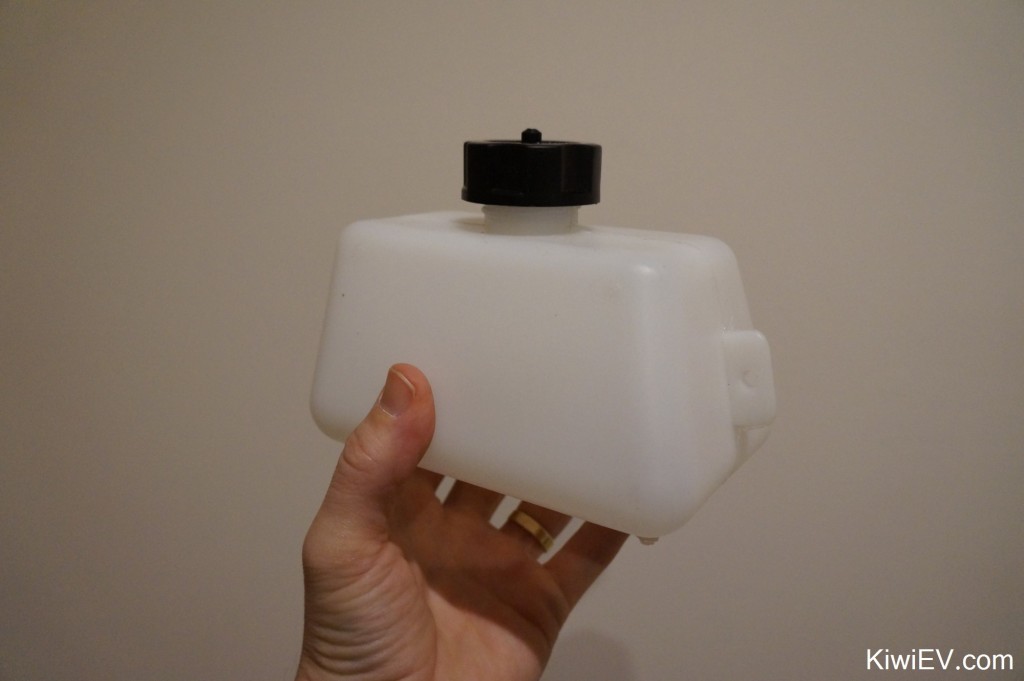
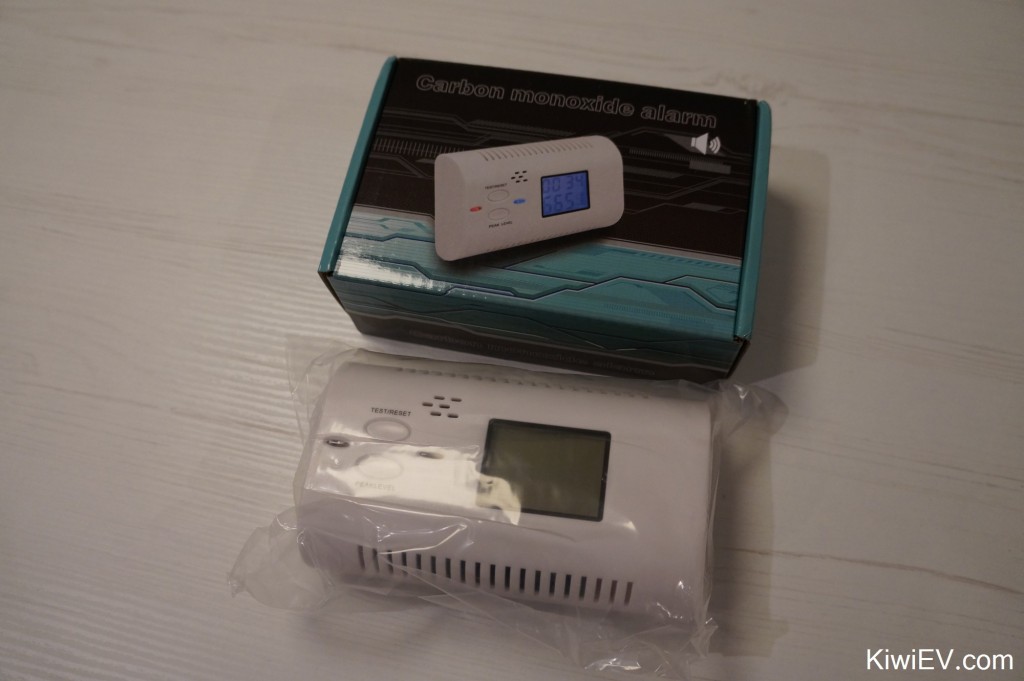
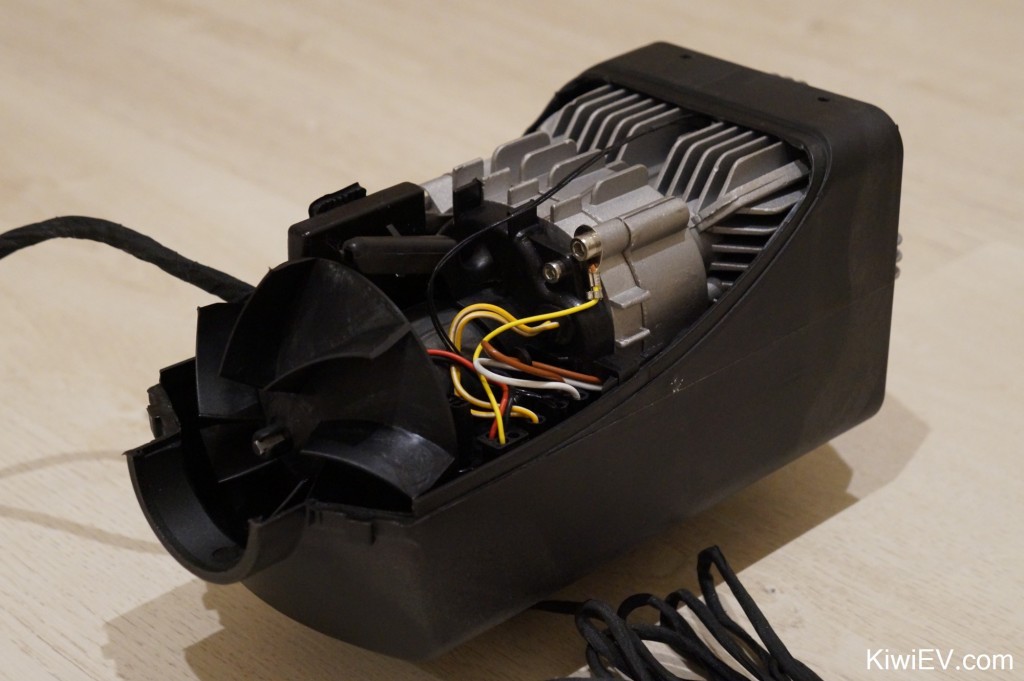
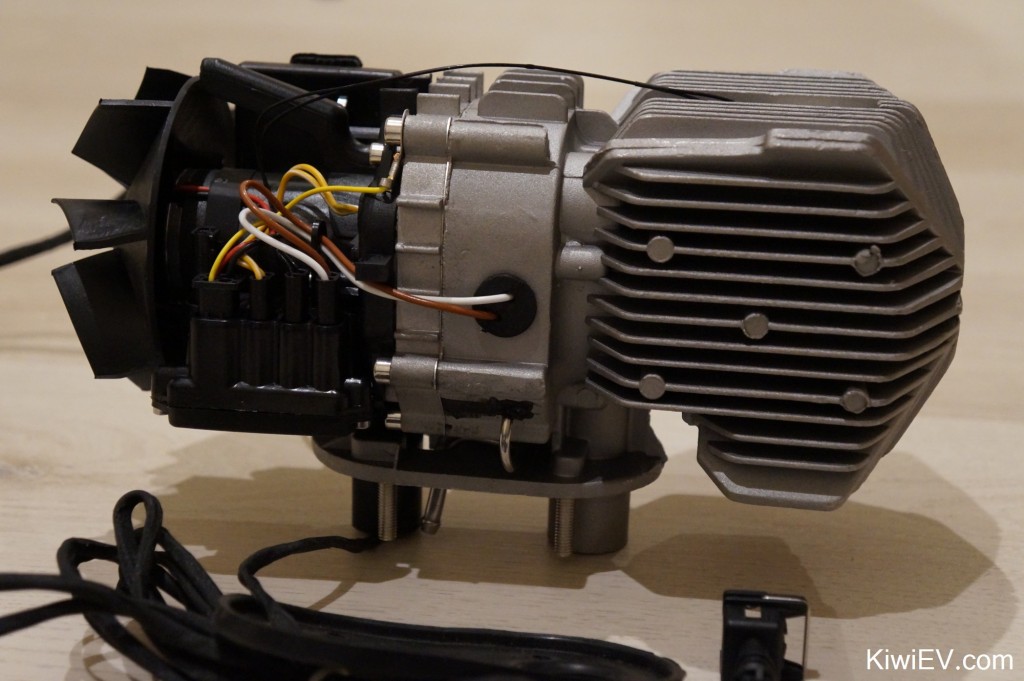
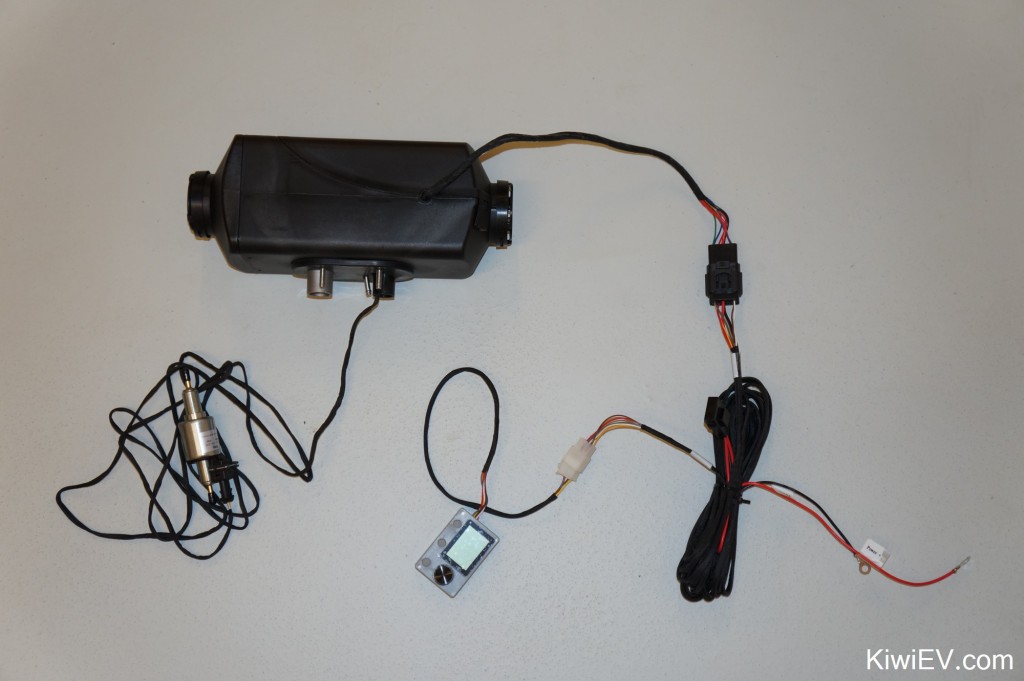
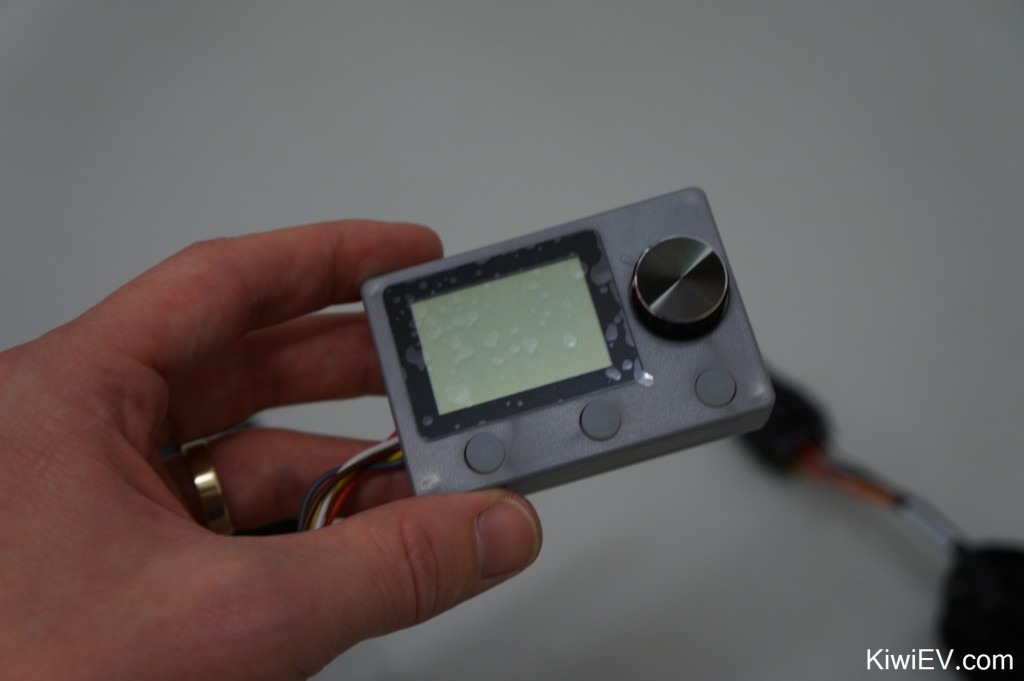
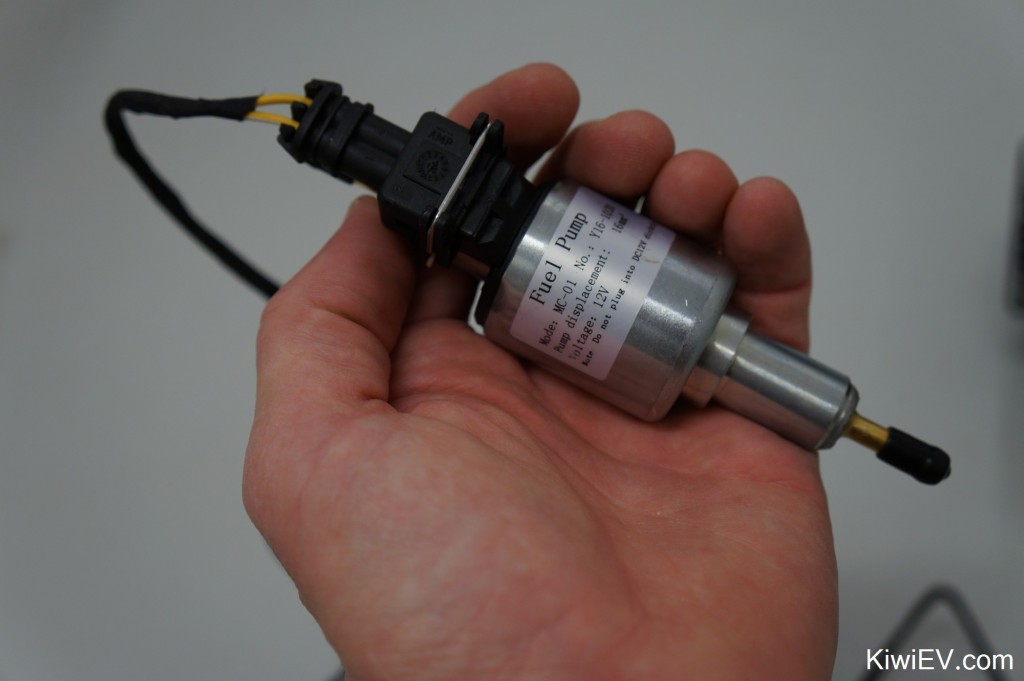
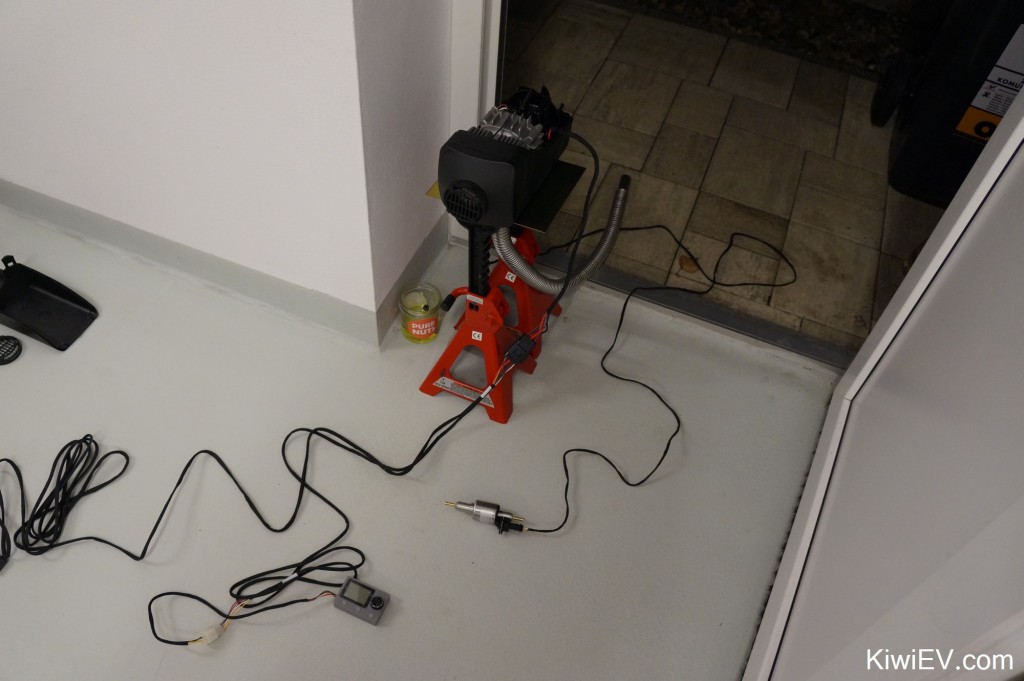

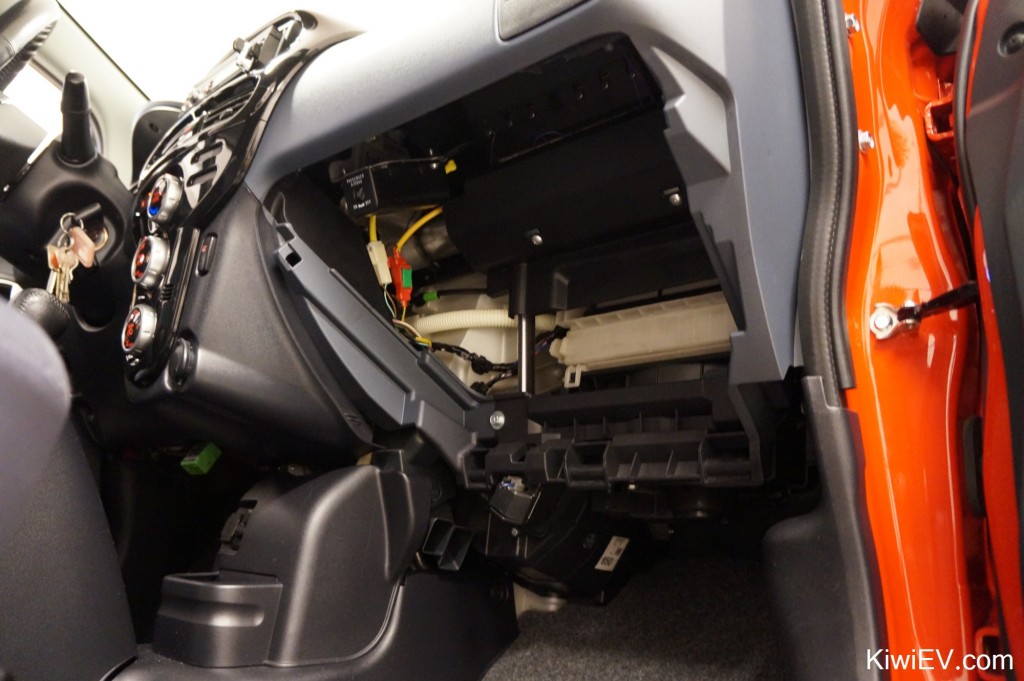
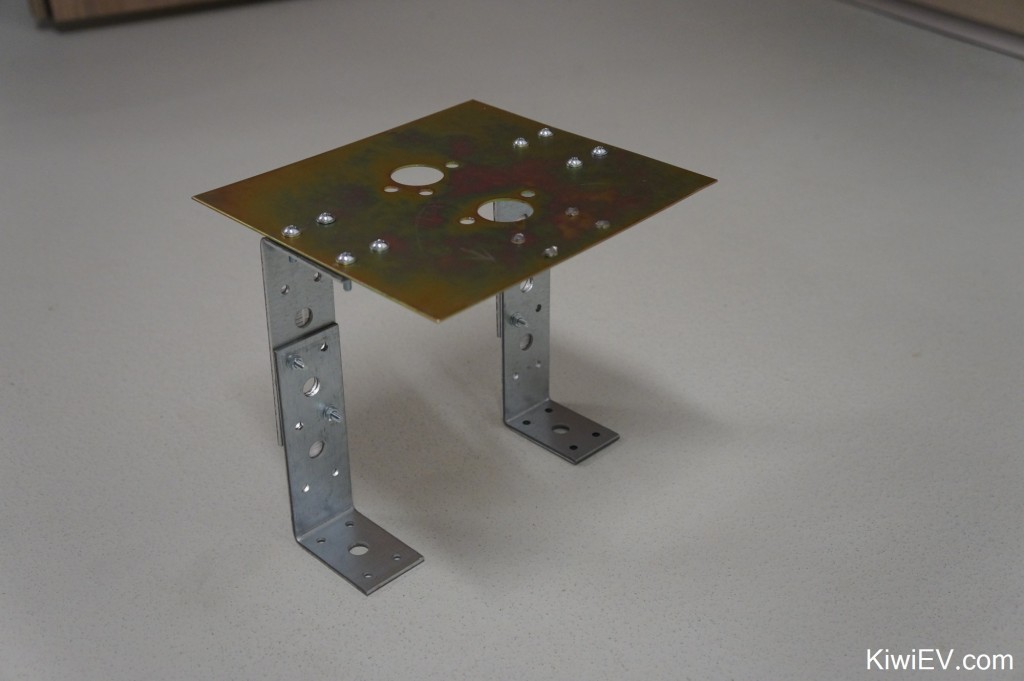
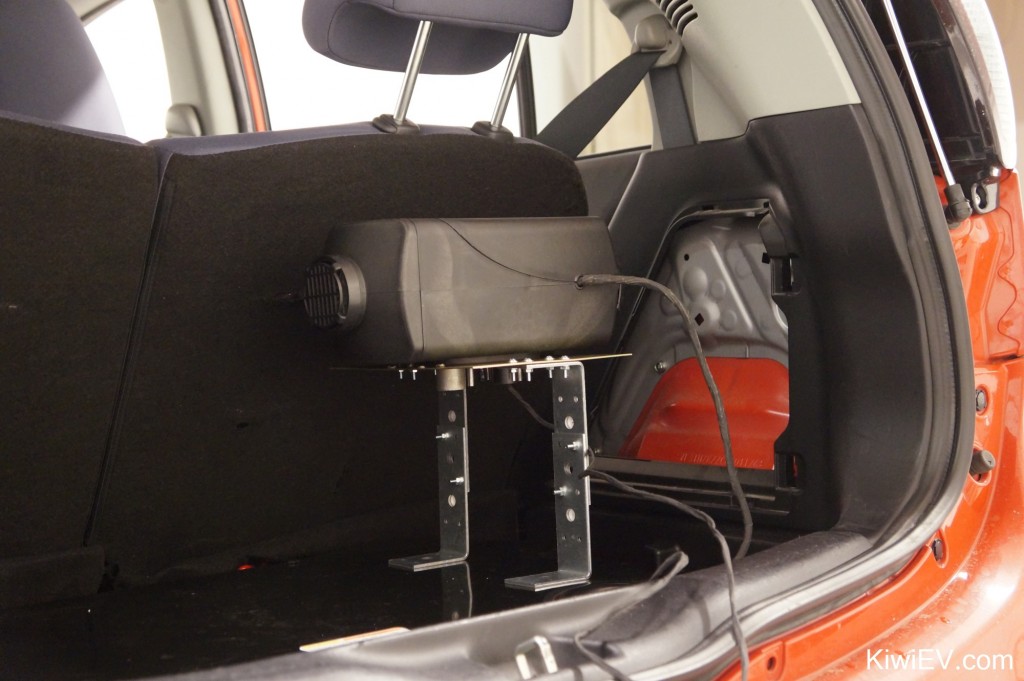
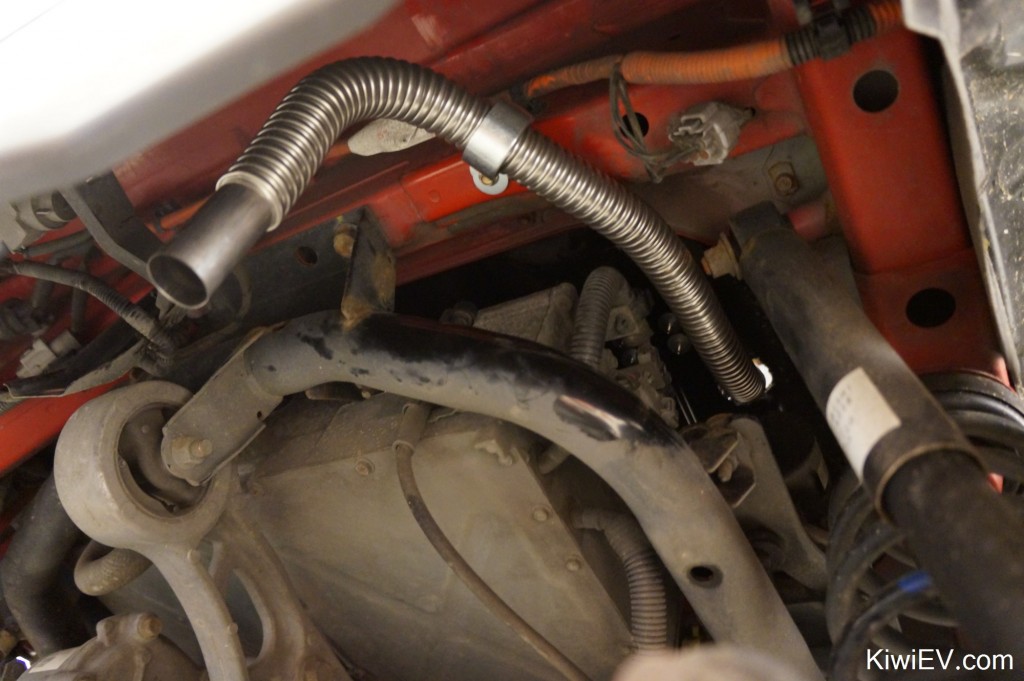
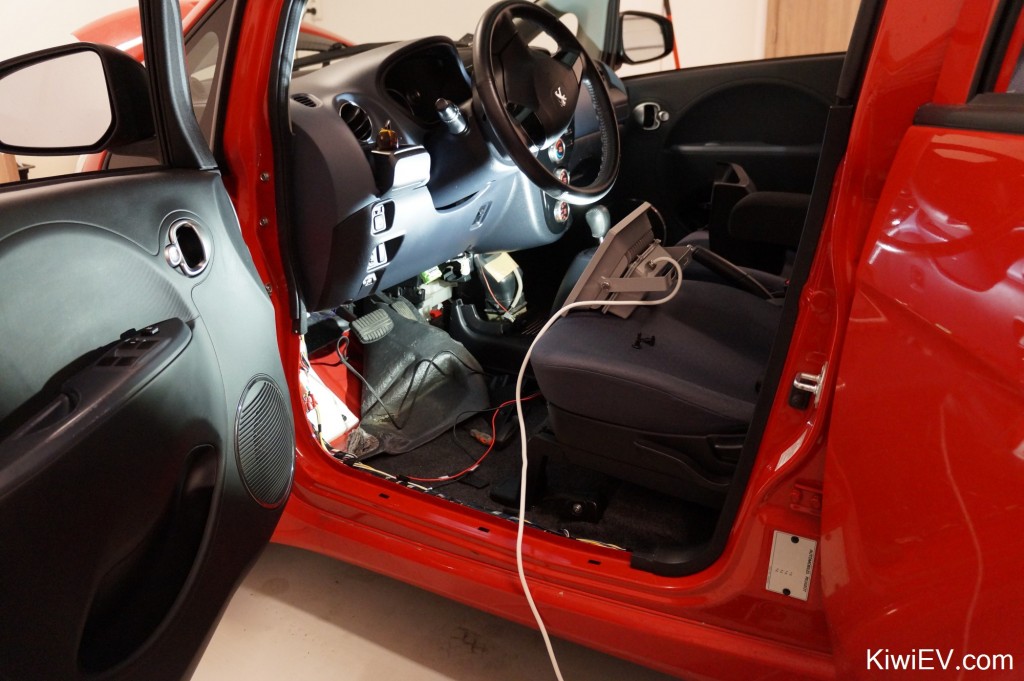
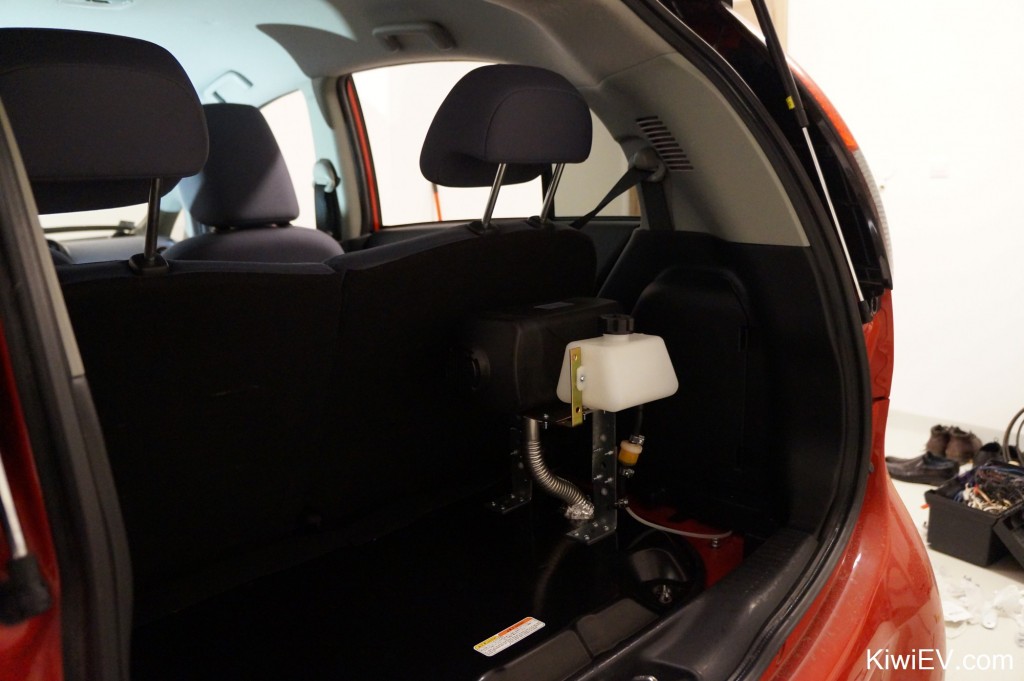
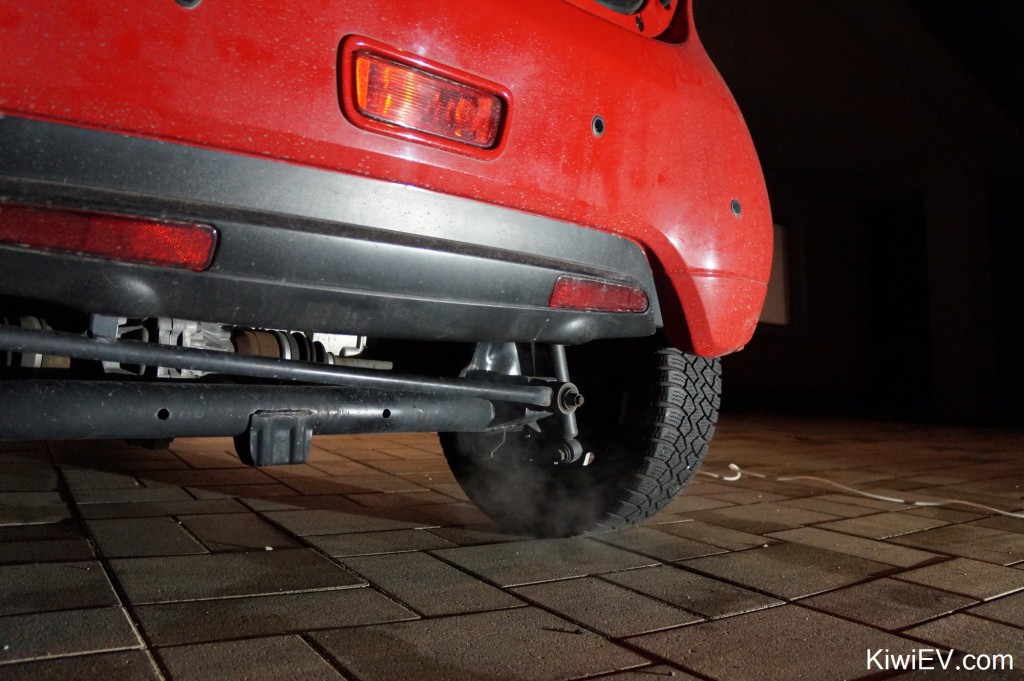
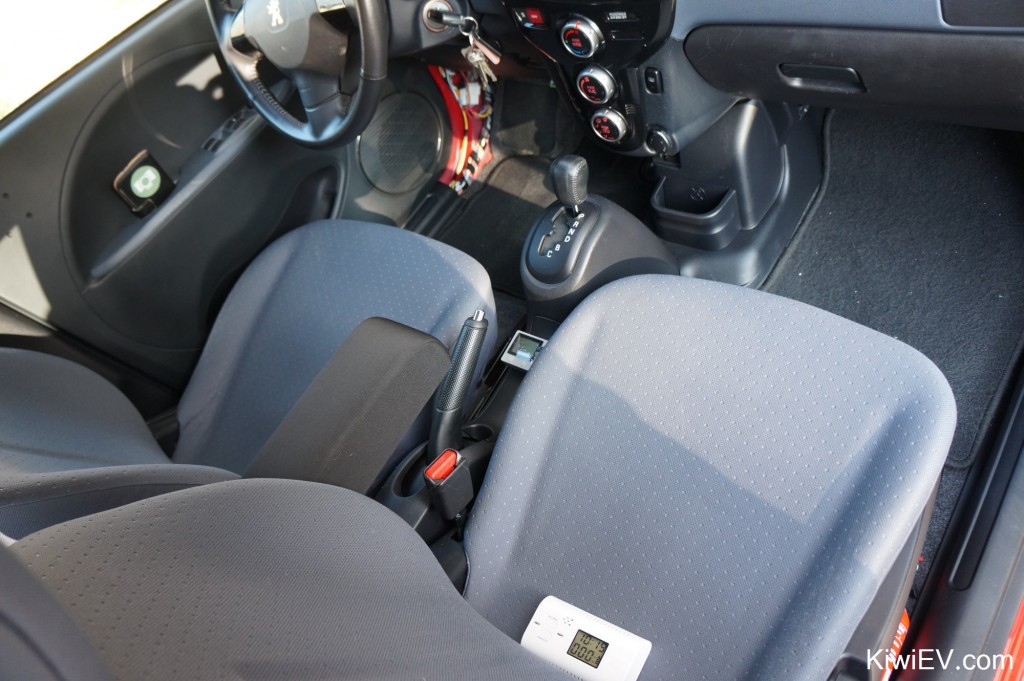
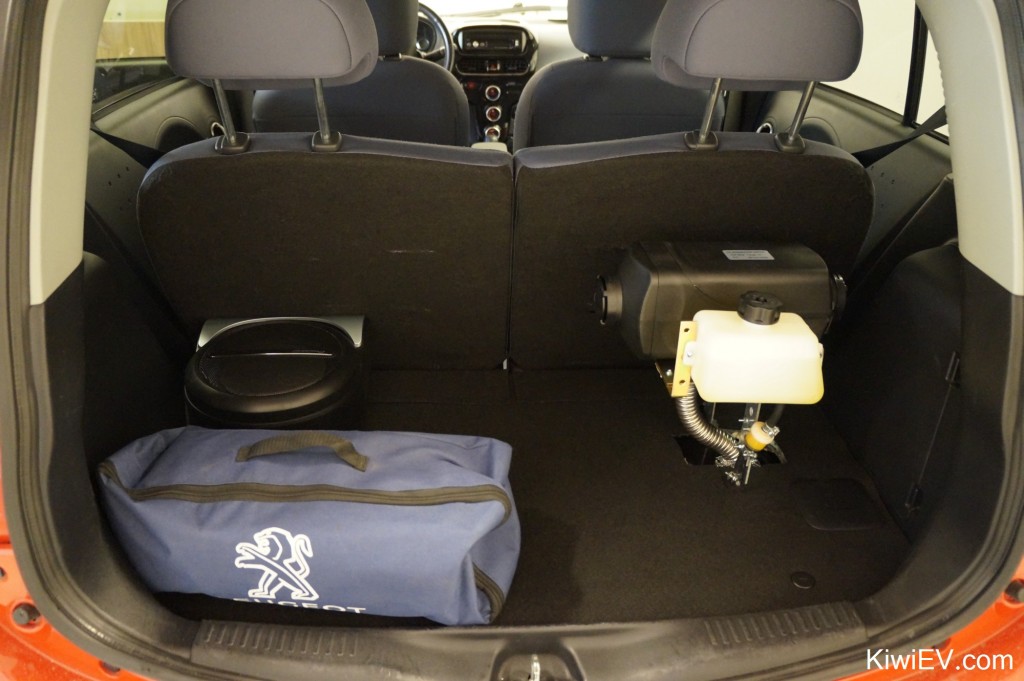
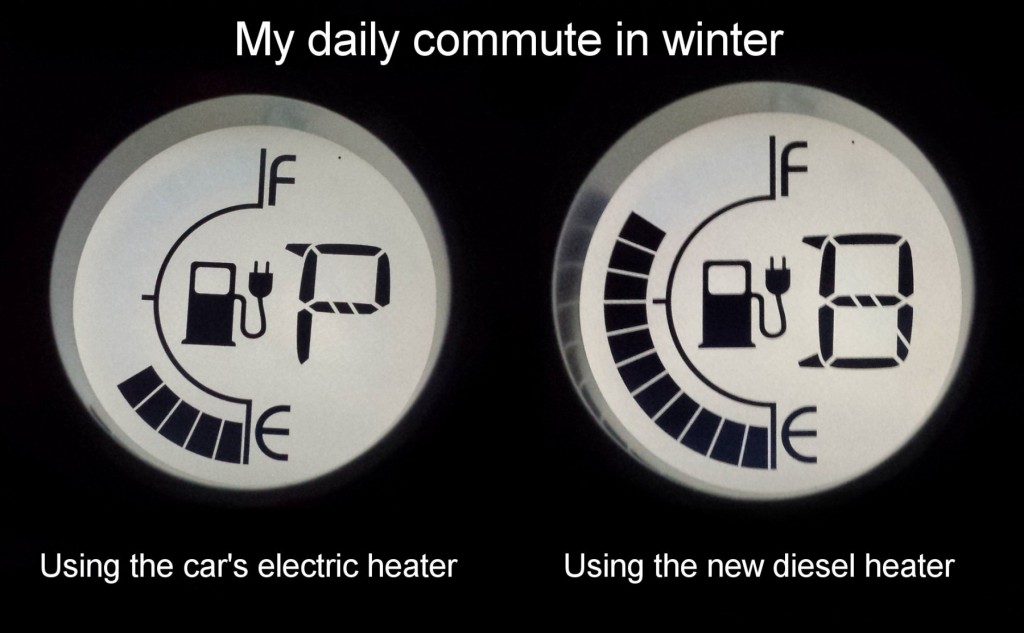
Hi,
I did exactely the same already 2 years ago, but using the original D2. I placed it at the same position without spacer, directly mounted on the motor plate. This looks a little better to me 🙂
The tank I put in front of the 12 Volt batterie, this keeps the smell of Diesel out of the car.
But anyhow, I’m sure you will love it, I enjoy every trip in Winter with my warm I-Miev.
Greetings from Germany,
Willi
Hi Gav. Noticed that you old videos is quite interlaced. I can Fix that for you.
Awesome video !!!
This heater is 100$ more and includes a heater, any thoughts?
https://tinyurl.com/zegamv8
Sorry I meant: This heater is 100$ more and includes a REMOTE, any thoughts?
https://tinyurl.com/zegamv8
Looks very good Mike! Grab it!
How much diesel do you think you use 30mins each way over a week? I am thinking of putting one of these into a small teardrop camper, and wanted to see if it was something that may heat up the insulated (better than a car at least) TINY camper and if it only takes $5/day to heat it running no more than 24 hours straight, then I’m interested too!
Hi John, when it’s going flat-out, I found it used around 100 ml every hour. The tiny tank I used was only 700 ml so it lasts around 7 hours on a tankful.
Dobrý den,
zdravím na Slovensko
pokud by jste měl zájem mohu Vám ukázat na foto jak jsem si zapojil naftové topení do mého i-Miev 2015. Je napojené na původní teplovodní okruh, ukryté v předním nárazníku za reg značkou. Nafta je v nádrži 5l která je ve spodku vozidla u mototu v místě kde máte vývod výfuku a tankovací otvor je v nárazníku, dá se plnit přímo na stojanu.
Luděk
Hi ! COngratulation for the job. I think i bought the same diesel heater from China (just the controller is a bit different). All instruction on the controller are in chinese…what a mess! Did you find how to switch off sound? My heater release a “beep” every time it does something (for example, power change). Thanks! Christian
Hi, l have the same controller but both buttons come up mode 1. Can not select mode 2, any ideas.
Cheers Gary
Diesel heater on the way from China.
Think it’s the same model you mounted, just a different control box.
A little cheaper than the one you link to.
$255 delivered to Norway 🙂
Search Ebay: 2000W Air Diesel Heater PLANAR 2 kW 12V
Hello again.
I discovered something that I wondered if you could look into.
Could it be possible to remotely control these heaters with the original door lock remote control? On my iOn there are 3 “steps” when I lock the car with the remote control.
First step: the door locks light flashes. Second step: light flashes. Third Step: The mirrors go into the side. What is the second step intended for? If you look at page 27 of the link below, see the PLANAR-2D Electrical Wiring Diagram overview.
just below the MODEM, it says: Car alarm system relay (explained as “example of connection to vehicle”)
Do you think it may be possible to use step number two (where the lights just blink) to start the burner ….?
https://autoterm-europe.com/storage/app/media/pdf/Installation_manual_for_Planars_EN.pdf
“I have an electric car, without any downsides”…. except you’re burning diesel!!! I don’t want to sound judgemental, but I can’t help feeling disappointed and quite disgusted.
I was going to suggest emulating the Nissan LEAF’s strategy of saving battery in cold weather, namely pre-heating the cabin using mains power, but it seems you already tried that. Given that you have a garage, an electric fan heater plugged in to the garage seems to me to be the most obvious solution. The downside, of course, is it’s not so easy to do this when you’re out and about for the return journey.
I hope you might, at least, have some success sourcing biodiesel in the future.
“I can’t help feeling disappointed and quite disgusted.”
Surely there are bigger problems in the world to get upset about. I envy you.
Hey Gavin
Sorry to disturb you.
I saw your article on Google: https://kiwiev.com/installing-a-diesel-parking-heater/
Awesome Stuff !
I can feel you write with much effort. Thanks for sharing so valuable parking heater installation guide for us.I have shared on my social network.
My name is Eric , CEO of VVKB heaters. 22 years manufacturing experience of parking heaters.
I’m interested a lot in the diesel parking heater, coolant heater, engine heater and fuel heater. And now our company has already obtained more than 10 EU patents of heaters with our efforts.
I noticed that you link to Aliexpress in your article but the link is broken.
Just thought I’d give you a heads up so you can replace that link with new resource.
And I’d be tickled pink if you’d consider adding our website http://www.vvkb.com to your page.
Cheers
Eric
So, a Yank here. My friends who have used biodiesel here simply are collecting used restaurant vegetable oil, filtering it to remove any food bits (often with something as simple as cheesecloth or gauze) and pouring it directly into their diesel tank (often in an old 1980’s model Mercedes). So, in they, you could use straight vegetable oil (http://www.ybw.com/forums/showthread.php?382109-Can-I-run-my-Webasto-on-chip-fat/page2).
However, the issue with most biodiesel is it congeals in the cold if not properly winterized. http://journeytoforever.org/biodiesel_winter.html. So, if your heater will work on biodiesel then you could make your own.
I love your site and your car!! You are a fantastic storyteller. Thanks for sharing.
Hiya mate,
Your post inspired me to install one in my 2012 nissan leaf. I just have a question.
How did close the gap between the exhaust hole and the exhaust itself in the trunk?
Im thinking of hest resistant sealer up to 1200 celcius. But im interested in your setup.
Hi Gavin,
Been reading this article a few times now, I drive a 2012 Leaf in the Netherlands.
It is also equipped with a (shitty and kwh hungry PTC heater).
So I’m going to mount a simular heater. I just wonder, how did you close the gap between the trunk and the exhaust pipe? I intend on using heat resistant sealer (like in bathrooms) that withstand up to 1200 celcius.
And you have it a couple of years now, how is it holding up? in terms of reliability.
Cheers,
Paul